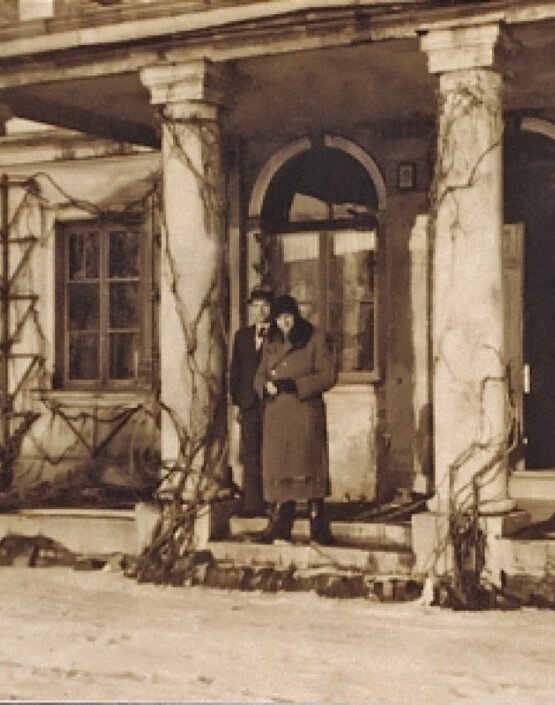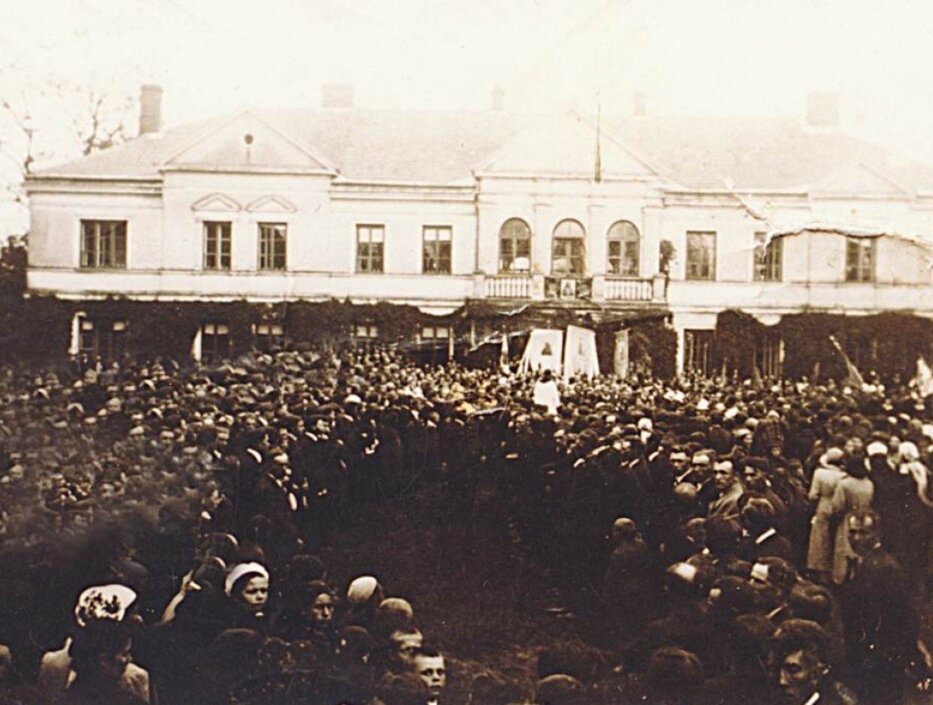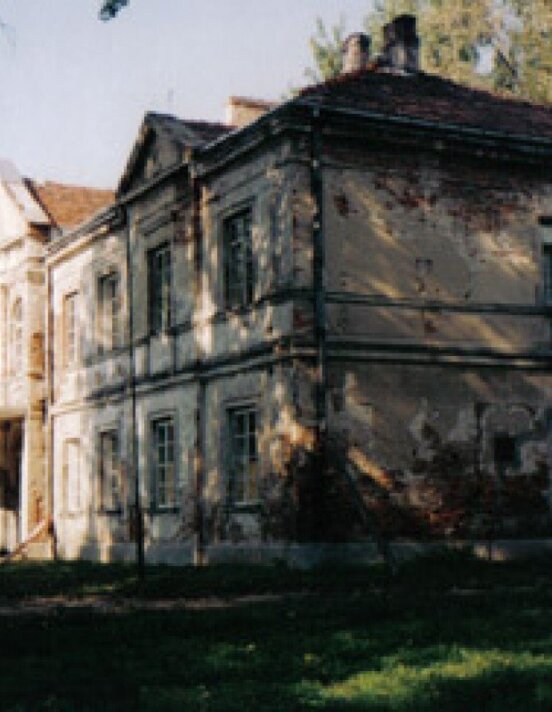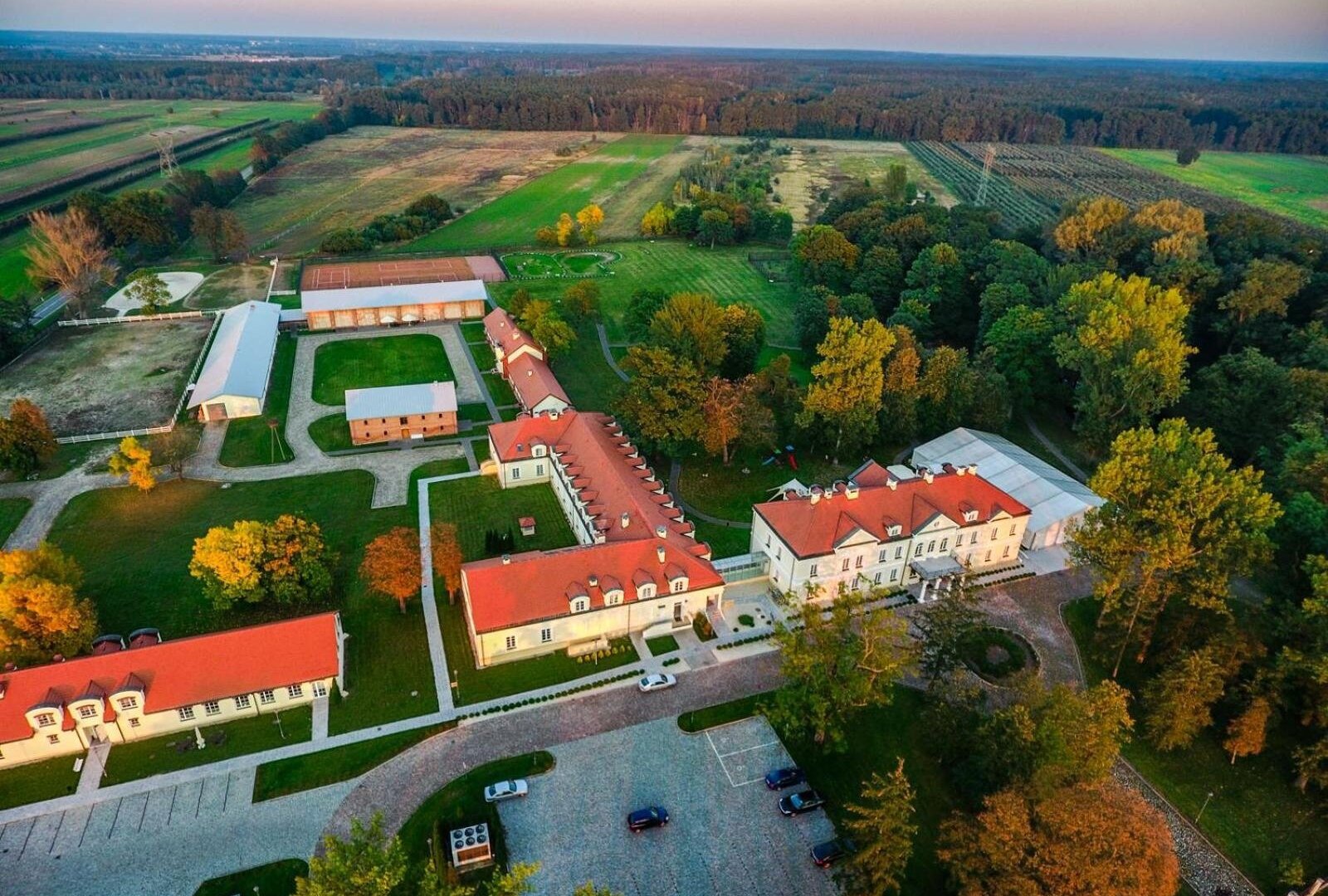Lowest price guarantee only on our website
History of the Jezierski Family
Sobienie Szlacheckie was formerly called "Murowane." The first mentions of the property appeared in 1415. The palace was considered the nest of the Jezierski family. Part of the estate was acquired in 1752 by Ludwik Jezierski, and the property remained in the hands of this family until 1945. The Jezierski surname itself was taken from the village of Jeziory.

Jacek Jezierski
The most famous was Jacek Jezierski (1722-1805), treasurer, then sword-bearer, and finally from 1775 castellan of Łuków. In 1801, he obtained the title of Galician count. From 1758, he was a deputy to the parliament. He actively participated in the work of the Four-Year Sejm. He demanded economic reforms and ensured the economic development of cities without granting political rights to townspeople. He amassed a great fortune. He was a pioneer of the metallurgical industry, a merchant, and wanted to produce stockings on a large scale. He died in the Palace in Otwock Wielki.

Sobienie Murowane
In the 1760s, the then largely unknown Jacek Jezierski inherited the village of Sobienie Szlacheckie, where he built a brick palace and named it Sobienie Murowane. Later, King Poniatowski was said to have been a guest there. Jezierski was an outstanding politician and entrepreneur, so he quickly amassed a considerable fortune. In 1775, he became the castellan of Łuków and acquired many localities in the area, but in the end, besides Sobienie Murowane, he only retained Kiełczewskie, Zambrzyków, Radwanków, part of Śniadków, and Szymonowice.


A place full of history
Further fate
Jezierski witnessed the fall of the Polish-Lithuanian Commonwealth and tried to counteract it by publishing various political writings, as well as speaking at parliaments and local assemblies. He became interested in iron manufactories, bought several villages with forges in the Kielce region, and also looked with hope at Sobienie near the capital. This probably happened suddenly, in the early 1780s. For the new settlement, he chose a hill above the Vistula River, establishing a town called Jeziory, mentioned for the first time in documents in 1782. In the same year, he also acquired the first forge in Maleniec near Opoczno.
A settler brought settlers from Silesia and Saxony to the new village, hence to this day many of their descendants bear German-sounding surnames. Near the lakes, the castellan built large forges, i.e., the first 'scythe factory in Poland in Sobienie.' As the Commercial Journal wrote in 1786, 'the heir does not keep this factory but lets the masters run it and purchases scythes made by them, paying 27 groszy for each, 90 złoty for 100 scythes; if he resold each for 1 złoty 90 groszy, he would gain 10 złoty, which is not a small percentage' – the Jezierski newspaper calculates, noting at the same time that 'the lack of factories of this nature in our country (...) causes much harm.' Moreover, he established a stocking manufacturing plant here, in which 'he profited more than 200 red złoty from their goats, ordering his knitters to make many beautiful stockings from the yarn spun from them.' The factories operated exemplary and yielded substantial profits, especially since production could not meet demand. As he himself wrote, Poland at the time lacked 2 million scythes. In addition, Jezierski's factories produced iron household devices for local peasants and, of course, provided blacksmith services. At the turn of the 18th and 19th centuries, industrial plants, including 8 forges in Maleńcu, a blast furnace in Miedzieży, and a factory in Sobienie, produced steel comparable to Swedish steel. They made scythes, saws, hatchets, files, irons, coffee grinders, carding combs, axes, sheet metal shovels, which had an easy market. The motivation for establishing the Scythe Factory in Świnków near Miedzieża and 'Sobienie near Warsaw' was to prevent the import of sickles and scythes from Austria, Prussia, and England and to stop money leaving the country for this reason. The population in the castellan's villages increased significantly.
Former Aristocratic Residence
The palace was built in the mid-19th century for the Jezierski family and remained in their possession until the end of World War II. After the war ended, it was severely devastated.
The former Jezierski Palace, made of brick and classical in style, also has neo-Renaissance features. Originally, there was a single-story brick manor here. The current shape, from around the mid-19th century, likely originated after the estate was inherited by Franciszek Stanisław Ignacy Jezierski. The last owners were Władysław Jezierski and his wife Zofia Maria née Potocka. Władysław Jezierski suddenly died of a heart attack in Kępa Radwańska. A cross stands in that place. Their son Jerzy escaped to England in September 1939 and lives there to this day.

Various Functions of the Palace
In the palace, fugitives and the wounded were cared for, secret lessons were held. On June 15, 1942, on the eve of the wedding of Countess Jezierska to Captain Michał Jaczyński, who found shelter in the Palace, the Gestapo took her to Pawiak, and then to Szucha, from where she did not return. The estate came under German administration. In 1944, Soviet troops were quartered here for several months. In the 1950s, there were plans to establish a residence for Bierut here. Renovation in 1952. The "Cerata" cooperative was located here, followed by the Ledrox production and service plant.
The name Sobienie Murowane is associated with a legend that King Jan III Sobieski built a palace here, supposedly not for himself, so people ironically asked: "Not for himself? Then for whom?













